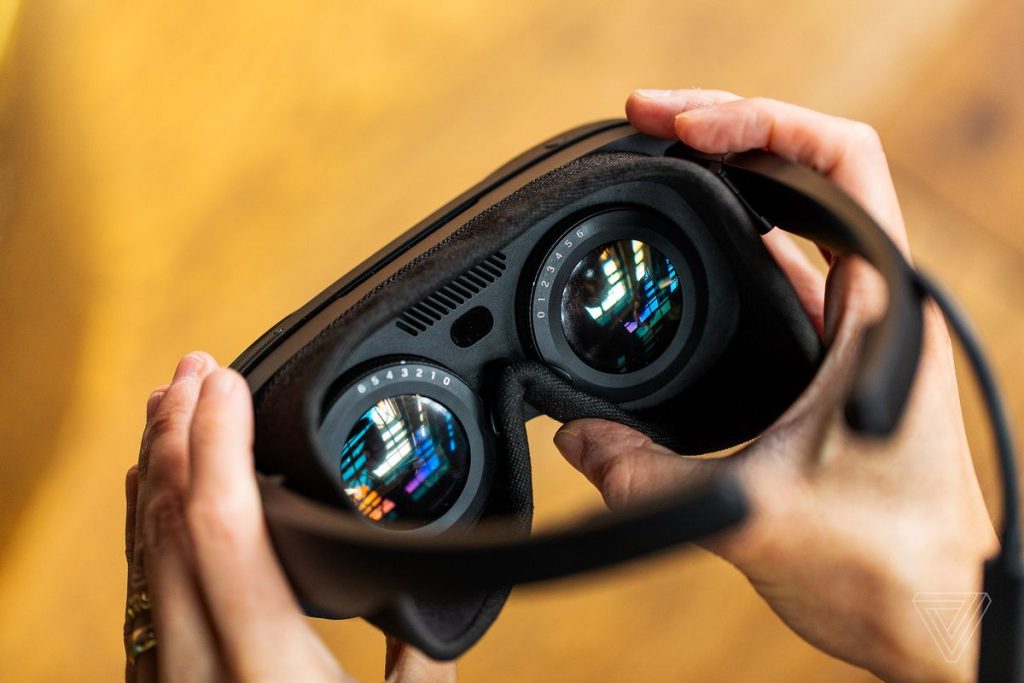
Vive Flow: A New Generation of VR Glasses by HTC
HTC held a presentation introducing compact VR glasses aimed at a wide audience.
These modern glasses have two 2.1-inch LCD displays. This gadget has a resolution of 1600 × 1600 pixels with a frequency of 75 Hz. Company representatives state that the model has a viewing angle of up to 100 degrees.
Unlike previous VR glasses by HTC, Vive Flow is not designed for gaming, but for “everyday use” – networking, content consumption, and psychological relief. At the start of sales, about 100 apps will be available for the device, mostly online movie theaters and programs for meditation. And maybe after a while, these glasses will let people enter sites they use on their PCs, like TonyBet NZ or Tinder.
The glasses also support Miracast technology, which allows you to stream your phone’s screen to the device’s display. Vive Flow can operate autonomously and can be folded thanks to hinges.
One more difference of this gadget is that there is no special VR-controller at the glasses – you can control HTC Vive Flow directly from your phone connected via Bluetooth 5.0. The minimum requirement for the smartphone operating system is Android 9, also known as Android Pie.
The weight of the glasses is only 189 grams. So even children can try wearing them. However, to make the device lighter, developers had to sacrifice battery life – without an external battery, the HTC Vive Flow will not last more than five minutes. USB-C-battery for 10,000 mAh can be purchased separately, but you can also use a regular power bank instead.
The internal hard drive capacity is 64 GB, RAM is 4 GB. Unfortunately, it is impossible to expand the memory with additional drives.
The glasses have two frontal cameras to track the movement of the user in space and two microphones with noise cancellation. The sound from the device can be output to the built-in or Bluetooth headphones.
Vive Flow is based on the Qualcomm Snapdragon XR1 processor – a younger version of the Snapdragon XR2 platform installed, for example, in competitors’ VR helmet Oculus Quest 2.

“Incurable web evangelist. Hipster-friendly gamer. Award-winning entrepreneur. Falls down a lot.”
